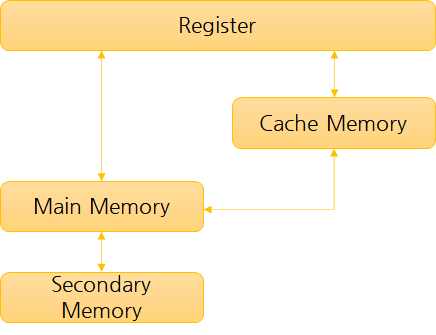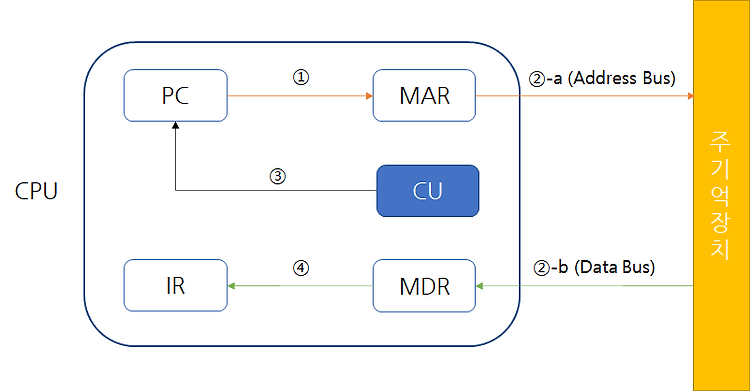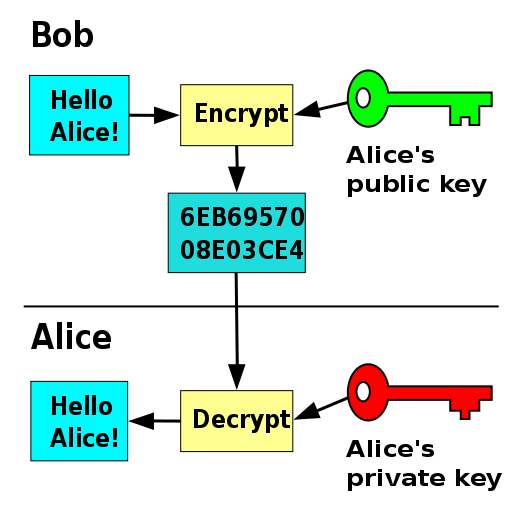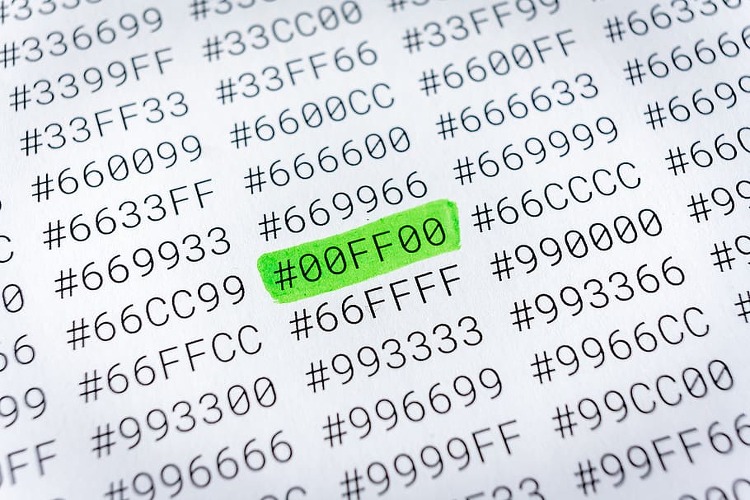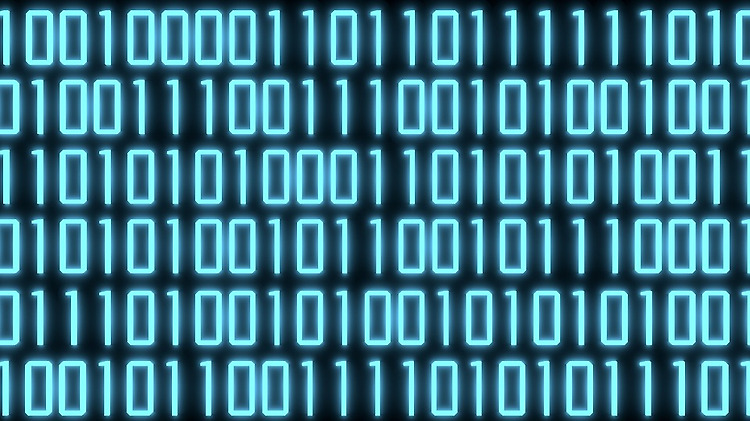Candidates should be able to: • show understanding of the difference between: primary, secondary and off-line storage and provide examples of each, such as: primary: Read Only Memory (ROM) and Random Access Memory (RAM) secondary: hard disk drive (HDD) and Solid State Drive (SSD); off-line: Digital Versatile Disc (DVD), Compact Disc (CD), Blu-ray disc, USB flash memory and removable HDD • descri..
